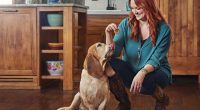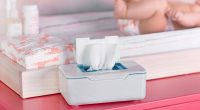6 Must-Have Items to Welcome a New Puppy
It’s truly exciting when you bring home a new puppy, but if you’ve never had a dog before, it can be a little scary too. However, with a little planning and making sure all the basics are in place, taking on such an endeavour can be easy and a much rewarding experience on both ends.
So, here is a list of items you must have before bringing your new puppy into your house:
1. Quality Food (and Treats)
You can’t just pick up a bag of kibble at the store and hope it’s good for your dog. Dog food is at least as complicated as human food, and there are a lot of different kinds. Much like us, every dog has different needs, so you should ask your vet for suggestions before the shopping. Moreover, no matter which type you end up choosing, make sure you feed the right amount of dog food.
Puppies usually need at least three meals a day. To help them grow and develop, let them eat when they’re hungry and until they’re full. You should also have treats on hand to help with training and just to show your pup some love now and then. Don’t forget to include treats in their meal plan, too.
2. Dog Snuggle Bed
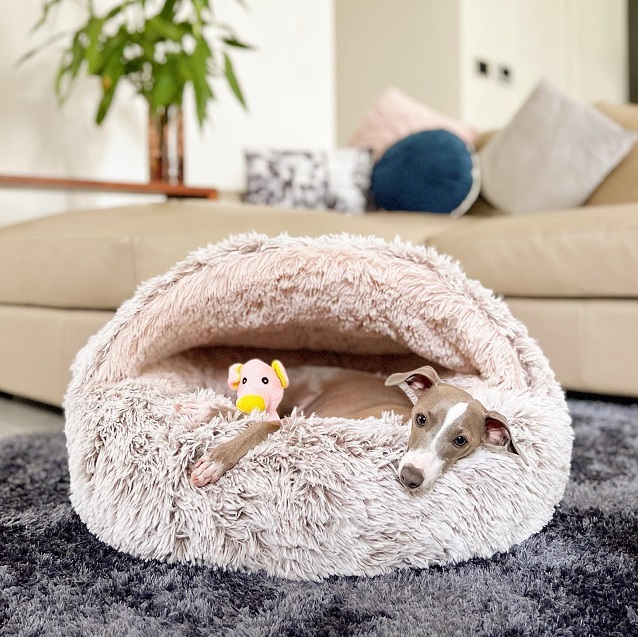
Dogs and cats are both protective by nature and tend to hang out, nap, and sleep in the same places in your home as you do. A bed that is just the right size for your pup can make them more comfortable and give them a special place in the house. Additionally, even though most people don’t think about it, dogs can feel the cold in their bones just like we can. If your dog sleeps in a cold place, you can keep them warm with a snuggle bed made of padded fabric.
This way, you can have the peace of mind your dog will be nice and warm all year long. If your dog doesn’t have a quality dog snuggle bed then it might not have a place to go and spend some time alone when in need of some peace and quiet. Also, if your dog has a designated cushioned area, it will have a place to sleep where its messes won’t bother you; I’m thinking fur fluffs all over your precious bedding.
A bed can also help protect your floor from wear and tear which is expected when bringing a new pup into your life. To make the most of the purchase for both of you, choose a comfy design that can be fitted to the varying sleeping positions of your pooch, with a removable cover that’s machine-washable and easy to care for.
3. Reliable Collar and Leash
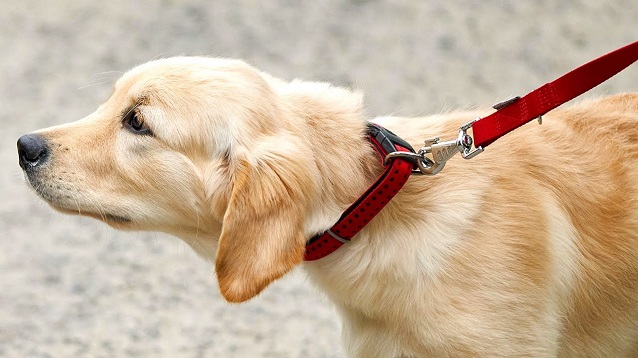
It’s important to get a collar and leash that are the right size for your dog’s breed and age. At this point, your puppy will grow quickly, so a collar that can be changed is best. Make sure to check the state and shape of the collar often. You should be able to fit two fingers between the collar and your puppy’s neck, but it shouldn’t be so loose that your pet could slip out of it.
Like the collar, choose a leash that fits the size of your dog. Most trainers say that while your puppy is learning how to walk on a leash, the leash shouldn’t be longer than two meters. The material is just as important: Some pet owners find that rope leads are easiest to hold, while chain leads are good for pups who like to chew on the lead or take it in their mouths. For traditional leather leads to stay clean and flexible, they often need to be oiled or cleaned with horse soap.
4. Variety of Toys
Puppies spend a lot of time sleeping, but when they’re awake, they play like it’s their job. To keep your dog’s mind active, give it a range of dog toys that have different sounds, shapes, and textures. Having them play with different toys helps them learn how to get along with other people and be calm and open-minded about differences in their surroundings for the rest of their lives.
Since puppies start to chew as soon as they are weaned, and this habit gets worse when they are growing, they need things to chew on. Dog trainers recommend a variety of toys for puppies, especially hollow ones that you can fill with peanut butter or cheese so they can chew on and explore different flavours. They also suggest bully sticks and frozen carrots for better tooth growth.
5. Food and Water
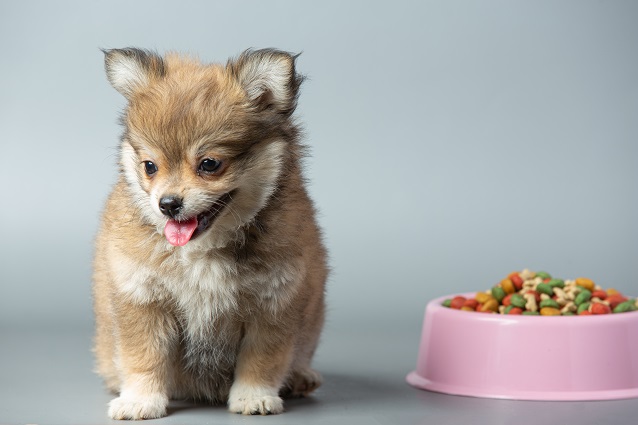
The need to eat and drink seems pretty basic, right? So, your puppy will need bowls for food and water right away. Spills are less likely to happen with plates that don’t slide, and some vets suggest putting your dog’s bowl on a stand to make it more comfortable for your puppy to eat. Dog bowls made of stainless steel, stoneware, or clay are good choices because they are easy to clean, can be put in the machine, and can be easily sanitised.
6. Dog ID Tag
Don’t think that your dog doesn’t need recognition because it’s an “indoor dog”; if your dog gets lost by chance, you want to find it quickly, which is where ID tags can help. A study in 2011 found that ID tagging is a good way to reduce the chance that homeless dogs will end up in a shelter and help them find their way home instead. Plus, based on where you live, your dog may have to wear an ID tag. Make sure your dog’s tag has all the basic information. This includes their name, your phone number, your full address and the area you live in, and any necessary medications.

